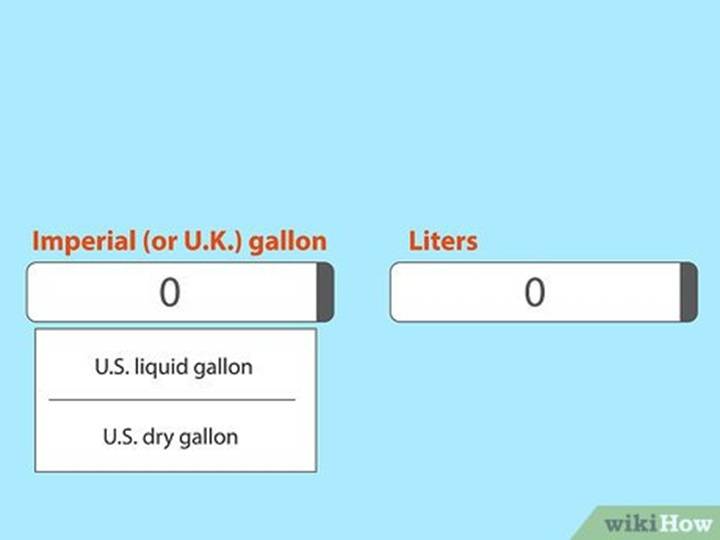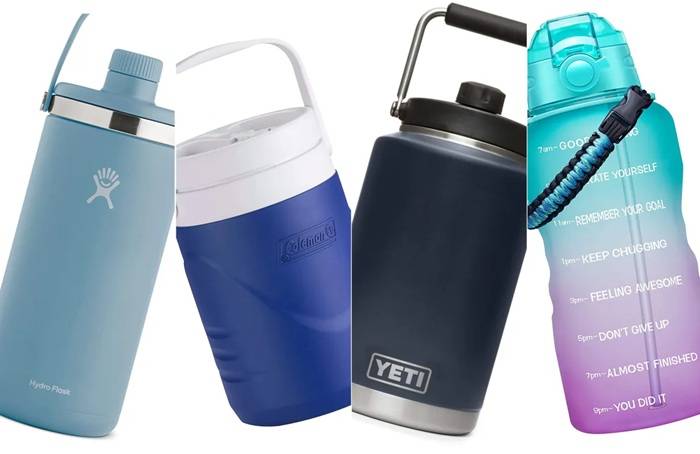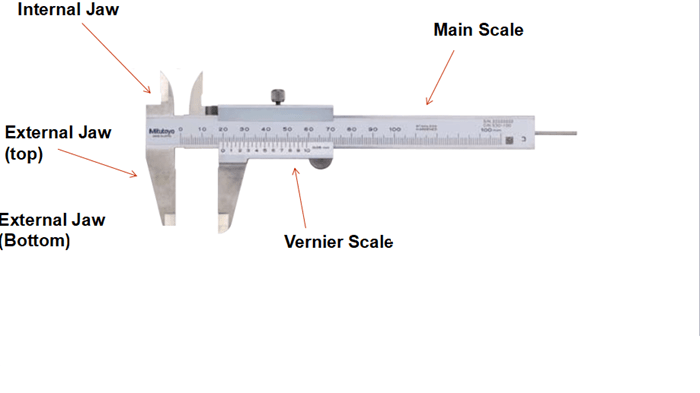
How Many Milliliters Are in a Gallon? Your Complete Conversion Guide
Gallons and milliliters, two volumes of relatively different systems, become one in the shared use vocabulary of our modern world. From recipe following to combining a chemical mixture, filling a car tank, or simply attempting to estimate the daily water intake, being familiar with how many milliliters equal one gallon can mean the difference between heaven and hell when it comes to functionality and accuracy. But wait a minute, what sort of gallon are we dealing with here? U.S.? Imperial? A compromise?
This comprehensive reference book has mastered the milliliter-to-gallon conversion from every angle. You’ll discover the different kinds of gallons, how to convert them to milliliters, where and why it happens, and how to apply the information in the kitchen, the lab, shipping, and everyday life.
The Two Most Familiar Kinds of Gallons You Should Know

There are two standard units of a gallon:
- The U.S. liquid gallon
- The U.K. (imperial) gallon
So if you have an American or an imperial gallon, milliliters by over 750 mL per gallon—a margin so huge that in the overwhelming majority of uses it can no longer be ignored.
Accurate Conversions: Cutting It Fine
We’re now about to get technical.
- 1 U.S. liquid gallon = 3,785.41 milliliters
- 1 U.K. imperial gallon = 4,546.09 milliliters
When you’re converting, just remember whether your gallon is imperial or U.S. That little distinction will be the kiss of death for your conversion.
Why This Conversion Is More Important Than You Think
If you were preparing a cake with a British recipe that called for a gallon of milk and you went out and bought a U.S. gallon, your batter would lack 760 milliliters—more than three cups. Out in the laboratory, that can destroy a recipe or test on others. In med or chemistry class, that can kill. Even in ordinary life, to drink, gas up, or wash clothes, this level of variation can be catastrophic if you’re not careful.
Gallons to Milliliters: The Daily Applications of the Conversion
At home, the conversion helps to duplicate international recipes. One example of a Canadian recipe for jam can call for one imperial gallon of strawberries, that is 4,546 mL.
In horticulture, fertilizers are most likely dissolved in gallons of water. Bad mixing kills plants or makes the mixture useless.
In logistics and transportation, liquids like oil, washing liquid, and drinks are typically sold in gallons. Misapplication of gallon to ML conversion leads to shortfalls or surpluses, which are wastes of money and resources.
In health and hydration, some individuals try to drink a gallon of water every day. If one finds that 3,785 mL (U.S.) or 4,546 mL (imperial) alters your hydration goal by more than half a liter.
Converting Gallons to Milliliters for Small Quantities
The following are equivalent conversions to everyday units.
U.S. Gallon Equivalents
1 U.S. gallon = 128 U.S. fluid ounces = 16 U.S. cups = 3.785 liters = 3,785 mL
Imperial Gallon Equivalents
1 imperial gallon = 160 imperial fluid ounces = 18.18 imperial cups = 4.546 liters = 4,546 mL
These are easy if you don’t have a milliliter measuring device. But do have an instrument measured in ounces or a measuring cup.
Milliliters to Gallons: Inverse Work
At other times you will need to do the reverse. A soda can, for example, will be 2,000 mL. You should recognize what that is in gallons.
To convert milliliters to gallons:
1,000 mL ÷ 3,785 = 0.264 U.S. gallons
1,000 mL ÷ 4,546 = 0.220 imperial gallons
A U.S. half gallon is a can of soda if it is 2 liters (2,000 mL).
Quick Reference for Conversion
1 U.S. gallon = 3,785 mL
1 imperial gallon = 4,546 mL
1 liter = 1,000 mL
1 U.S. cup = 237 mL
1 imperial cup = 284 mL
1 U.S. fluid ounce = 29.57 mL
1 imperial fluid ounce = 28.41 mL
Measurement Equipment and Tips

Where accuracy is needed, purchase a digital scale with volume display to be able to easily convert milliliters and gallons by merely cycling the two units back and forth. In cooking, metric-imperial labeled measuring cups and spoons.
Graduated cylinders or burettes are best to have in the laboratory when accuracy is needed. Most are graduated in mL and also fluid ounces, making immediate easy conversion simple.
Math Made Easy: Conversions
To convert to milliliters from gallons:
Multiply the number of gallons by 3,785 (American) or 4,546 (imperial)
To convert to milliliters
Divide the amount of mL into 3,785 (U.S.) or 4,546 (imperial)
Tip: Round to the nearest ten if all you’re doing is making an estimate. But use all the decimal places you can where accuracy is required.
Bloopers to Avoid
Confusing imperial and U.S. gallons is the most probable mistake. Check the country of origin in your recipe, instruction manual, or product label.
Counting on memory or rough estimate alone when precision is required. When baking or working with chemistry, close enough is not acceptable.
Presuming all measuring pitchers use the same system. Some “1 gallon” cups do not state whether they are U.S. or imperial, particularly in foreign markets such as Amazon.
using fluid ounces without being aware of what system they belong to. United States and imperial fluid ounces are not the same, and it can snowball into even more errors when converting.
Also Read: When Calls the Heart Season 11
Use in Different Industries
Milliliters find use in nutrition to monitor liquid macros and calories. It is easy knowing how much juice or soup a gallon container contains so that it can be logged accordingly using fitness apps.
In pharmacy, IV fluid and medication are typically metered in mL but ordered by the gallon. Mismatch there will change the dose profoundly.
In production, chemical, paint, lubricant, lubricant, and oil are imported and purchased by the gallon but used in milliliter-sized processes. Mismatch here is wasted water or unfinished processes.
In mechanical engineering, mechanical fluids like brake fluid or antifreeze require volume ratios to the exact amount. From the pumping tank to mixing solution, gallons-to-ML conversion gets the equipment operating.
Use in the Environment and Regulation
Waste and emissions are controlled by most areas in metric, but business still operates in its own gallons. Gallon-to-mL conversions keep you on the better side for package marking, emissions reporting, or disposal.
A green law can insist on less than 5,000 mL of production and your vessel is 1.2 American gallons, 4,542 mL, clear. But if you had worked in imperial, you’d be 46 mL over.
Hydration, Health, and Individual Use
To hydrate yourself, it is useful to know that a U.S. gallon is 3,785 mL so that you can be of useful assistance to the individuals who are targeting one gallon per day. You can divide that up by eight and have around an approximate 473 mL in a bottle or cup.
Fitness fans carry gallon jugs with them to keep them encouraged. With an incorrectly labeled jug, you’re operating blind under- or over-con-suming.
Don’t Guess Know Your Numbers
It concerns anyone who cooks, builds, sketches, tests, sends via mail, or simply needs to quench thirst. Being able to recite this conversion mentally, you can ensure accuracy, avoid expensive mistakes, and rely on any undertaking requiring measurement by volume.
Hear this and this only: all gallons are not equal.



